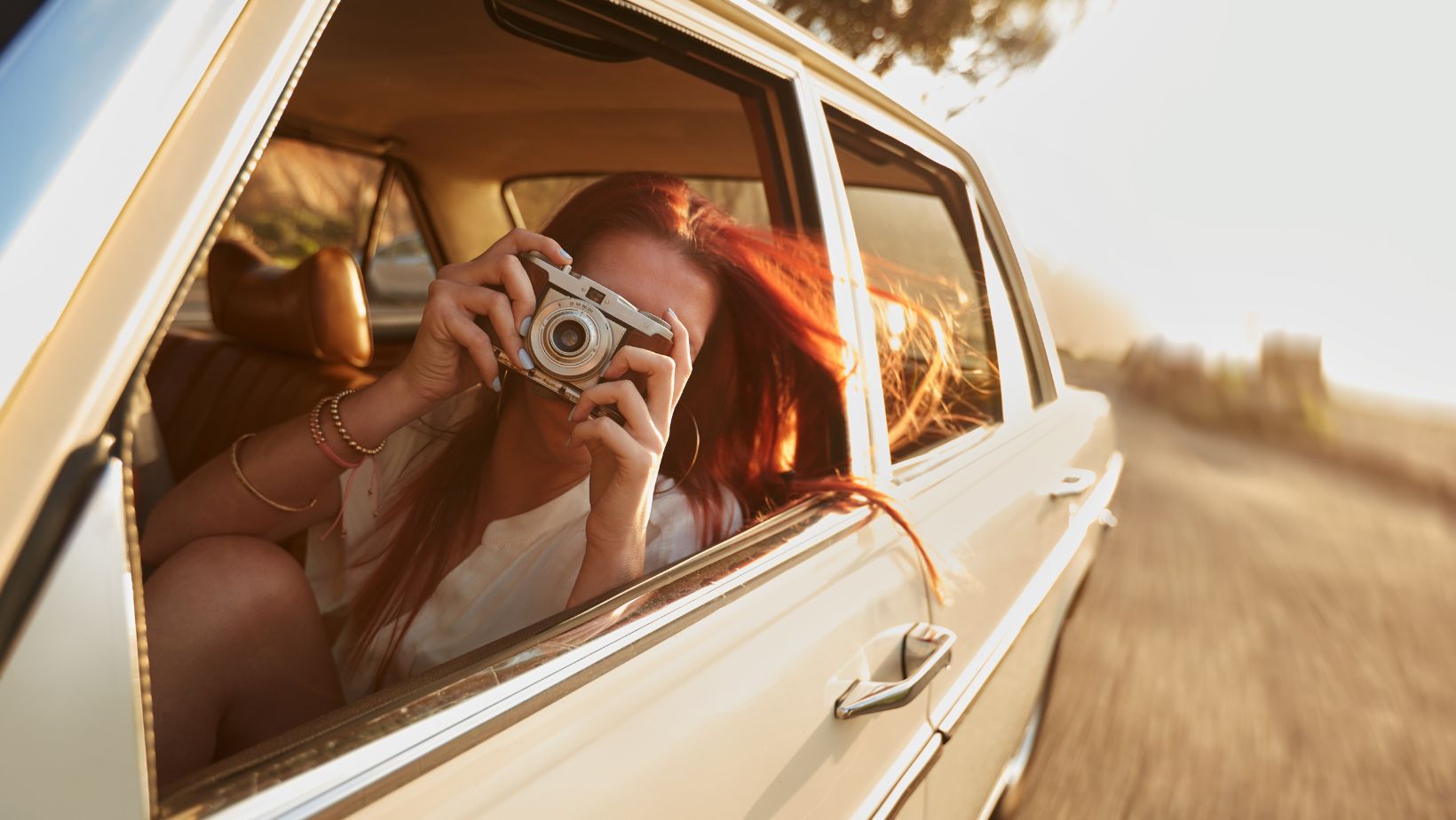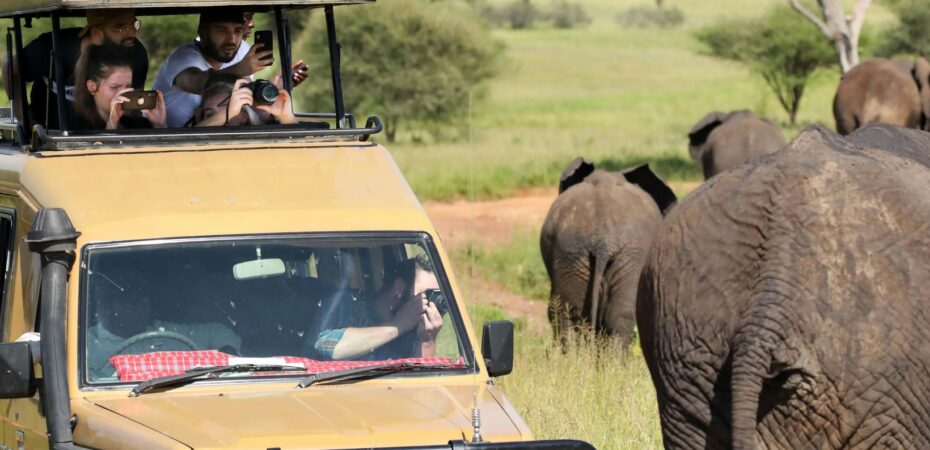You may have taken hundreds of photos on every trip, but when you get home, they sit in a messy digital pile that can be stressful at times. That’s why organizing them on the road is easier, and may even be hassle-free than you think. When you’ve developed the right habits, you’ll save time, protect your memories, and even come home ready to build a stunning digital album without much ado.
Use Day-by-Day Folders From the Get-Go
You can actually set up a folder structure like 2025_Vacation/2025-10-03_Sicily, …/2025-10-04_Sicily, and other compilations. When you land in a new city or shift to a new activity, start a fresh folder to mean the update. That way, your brain doesn’t have to guess which shots belong to which day or which vacation.
Why It Works
Often, you intuitively recall days, not random image timestamps; so you might as well use them as your travel titles.

Many travel photographers, apart from using the right lens for every location, use this “trip/date split” method to avoid confusion when compiling image files after each trip.
Stick to a Consistent File-Naming Convention
It’s for your peace of mind to never leave a camera’s default filename, like IMG_1234.JPG, or those names your smartphone automatically generates. You have to rename them (or batch rename them nightly) to something that helps you remember, like 2025-10-03_Paris_Eifel_001.jpg, and use some templates, such as YYYY-MM-DD_Location_SubjectNumber, to really keep them in order.
Why This Matters
When you search by location or date in your archive later, you’ll instantly find where they are. Consistently naming your files accordingly can be a backbone for your scalable image archives.
Apply a Quick Star-Rating or Flagging System
You need not try to pick the best of 500 shots in one go; that could become overwhelming. So, as soon as you import your pictures nightly (or at least every two nights), you can give each image a 1-5 star (or “keep/toss/maybe”) rating using some offline tools, like Lightroom, Photos on Mac, or your mobile apps.
Then, when you’re ready, you can just filter “stars ≥ 4” or “flagged = yes” for your batch of all-time-favorites. This reduces your stress over them, making your final editing a breeze. Also, you can copy what some professional photographers do; they often “cull” via flags first, then edit only their topmost picks.
Backup to the Cloud Whenever You Hit Reliable WiFi
One backup may not be enough for your precious files. You can let your phone or tablet automatically upload new photos to a cloud service when connected to a stable WiFi wherever you are. Just use services like Google Photos, iCloud, pCloud, Dropbox, or Backblaze for your visual stories.
A striking study reveals that almost 20 percent of travelers lose important photos during their trip due to device damage or losing their phones or cameras. That’s why you need to make sure your upload happens in the background and is set to full resolution if you intend to print them at home. (Some “space saver” modes degrade your images) So, always keep a second backup (like an external SSD); it’s better to be redundant than lose your prized capture.
Use Offline Editing Presets to Save Time
When it feels you might not always have good internet or battery on the go, you can build a few editing presets to make sure, like for your style of contrast, color pop, skin tone, on your mobile and other apps. So that while you’re on the road, you can run your day’s favored shots through your preset to get polished versions instantly without losing moments. This way, your best images are already semi-finished when your adventure ends.
Also, many hotels limit upload speed. That’s why having ready-to-share images reduces your editing burden when you’re ready to do them at home. It’s a trick seasoned travel photographers swear by — cull + quick edit on the go, full polish later.
Tag by Location & Batch Favorites into a Photo Book
Here’s a secret to some magic: after applying your star system, filter down to your top 50–100 images per trip or destination. You can then tag them by city, viewpoint, day, or landmark (like “Paris_Night” or “Sicily_Coast”). This can form a map of albums where every image is tied to each location you’ve visited.
Once you have that curated set, push them into a photo book builder, like a design photo book with Canva. Since those images are already curated, consistently named, and geo-tagged, assembling a digital compilation for it becomes effortless, more elegant, and on par with a professional’s work. This can also make sure you don’t end your trip buried in 2000 choices, but you’re like forwarding a narrative you can share, print, or publish with ease.
Extra Pro Tips
- Bring extra SD cards and swap them daily instead of relying on one card that risks failure
- Carry a portable SSD (USB-C, lightweight) and copy your daily folder there
- Don’t delete from your camera cards until you confirm backups succeed — double check
- Maintain battery discipline — editing and moving files kills battery fast; always charge every night
- Review nightly for 5–10 minutes so errors don’t pile up
These Methods Matter
Actually, you’re not just taking random snapshots, you’re building a visual story you’ll revisit and reminisce about often in the future. Some of these offline presets, matching with smart curation, mean your best images arrive home polished, not buried, and intact; a ready visual narrative you can easily share.


 By
By 



